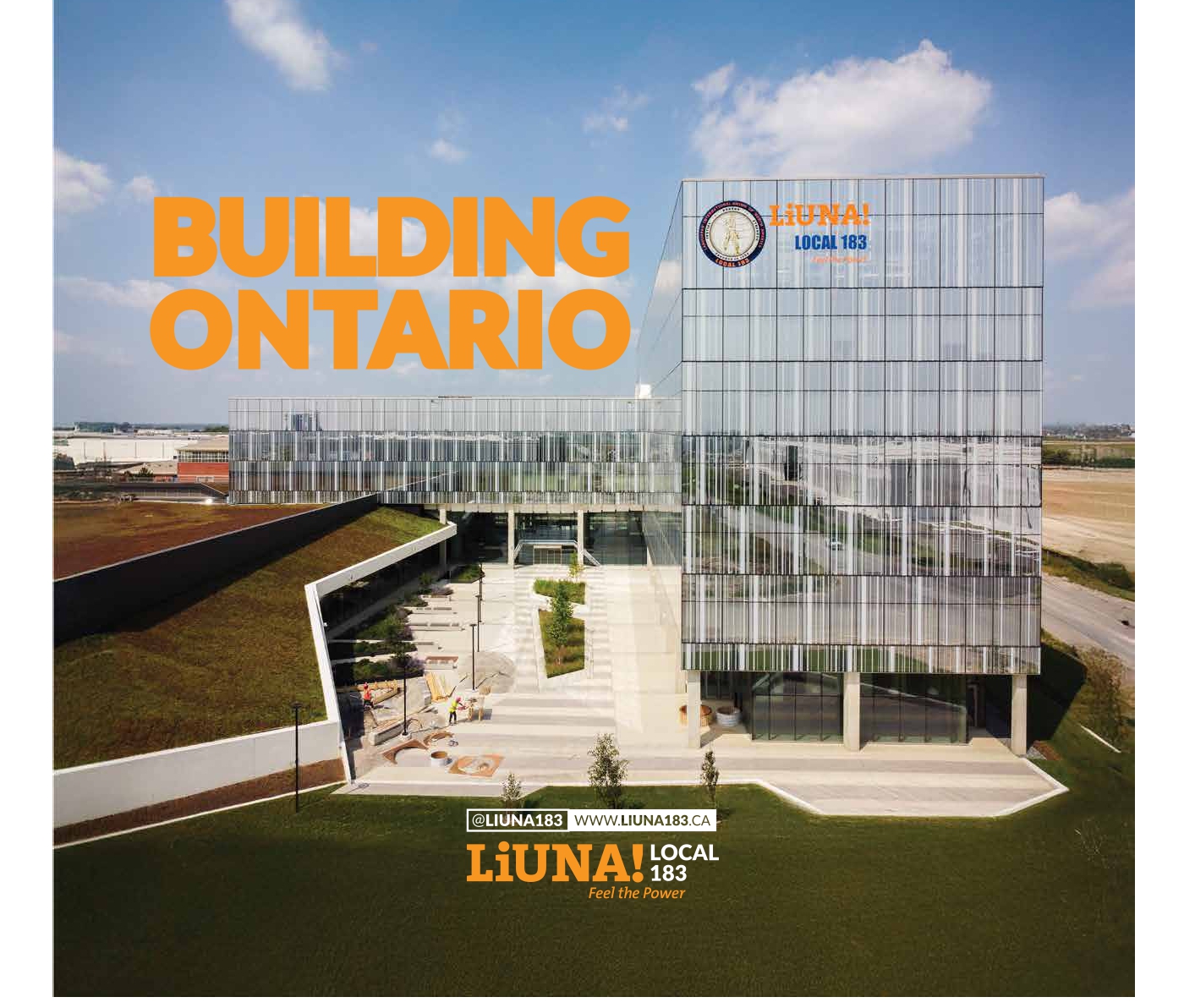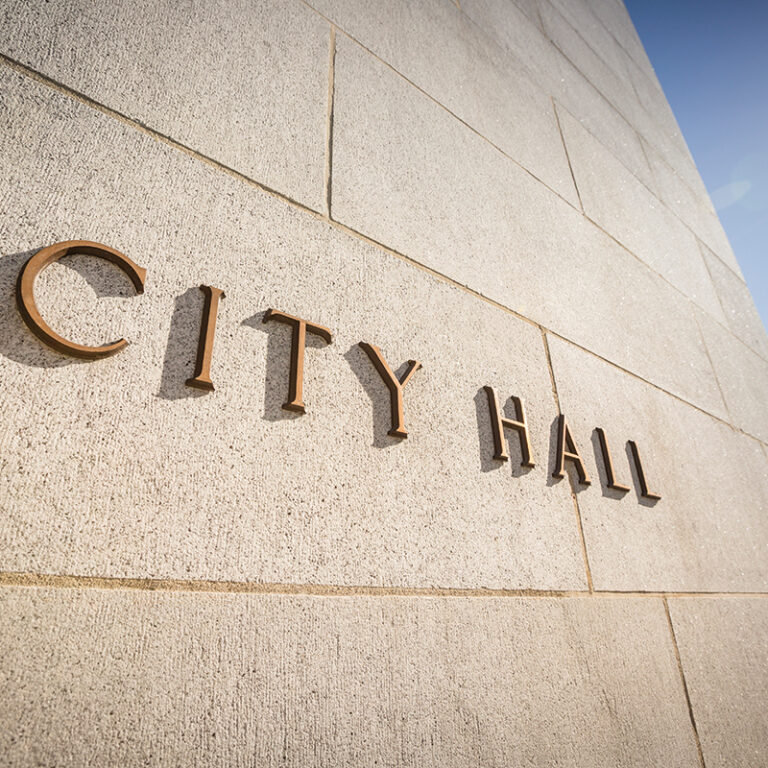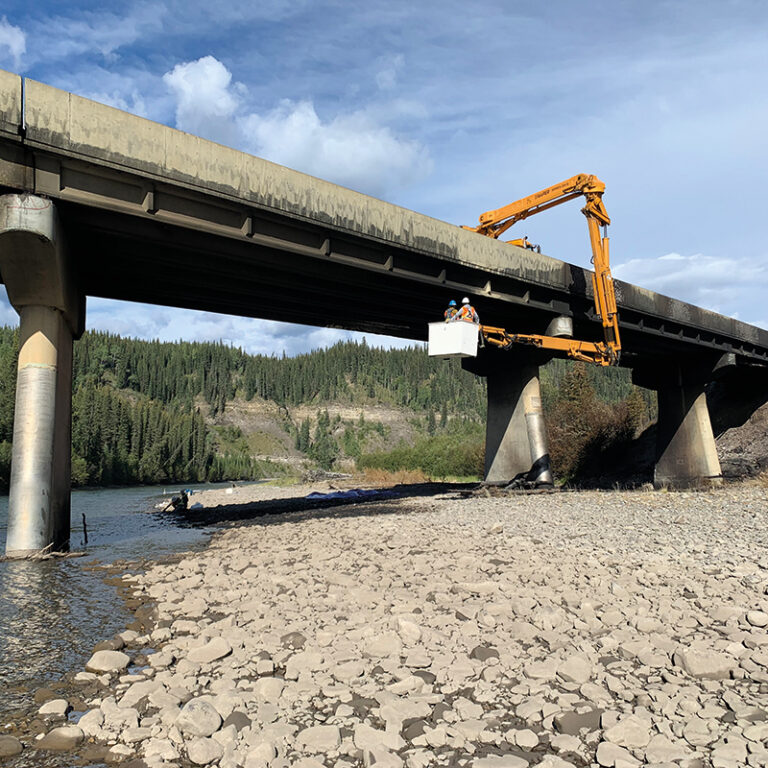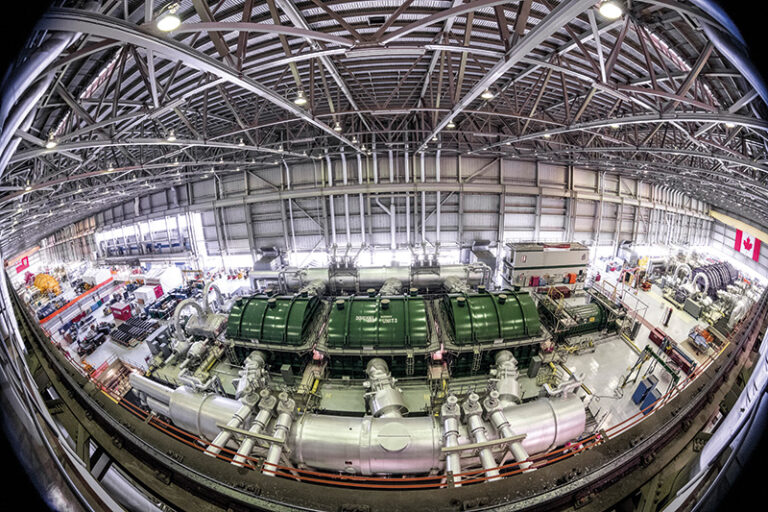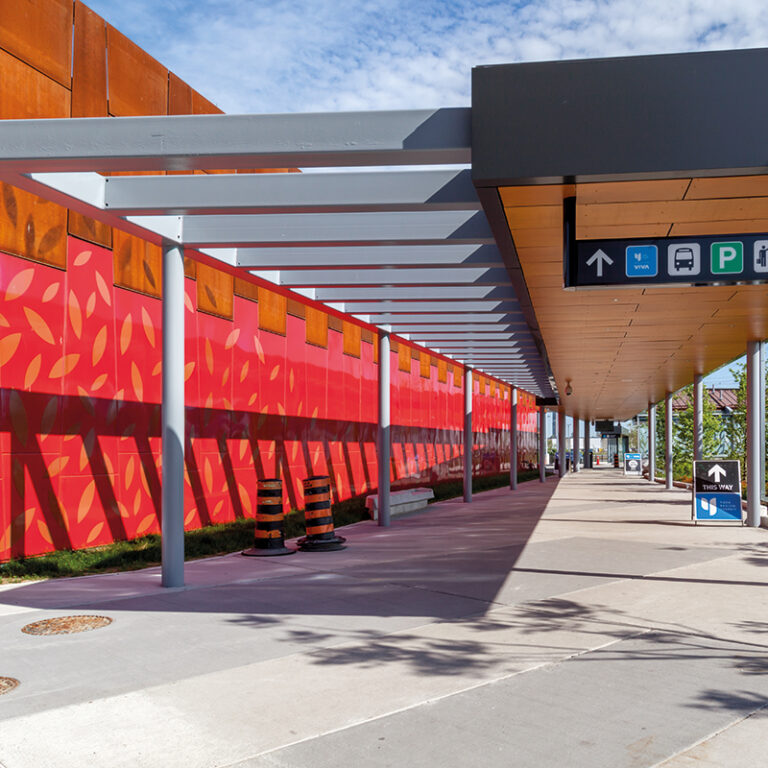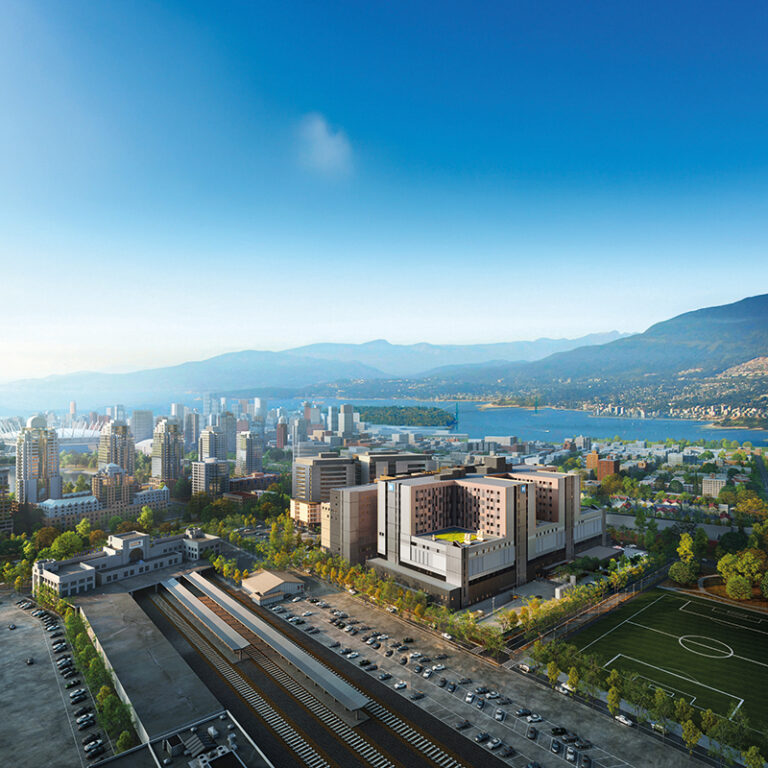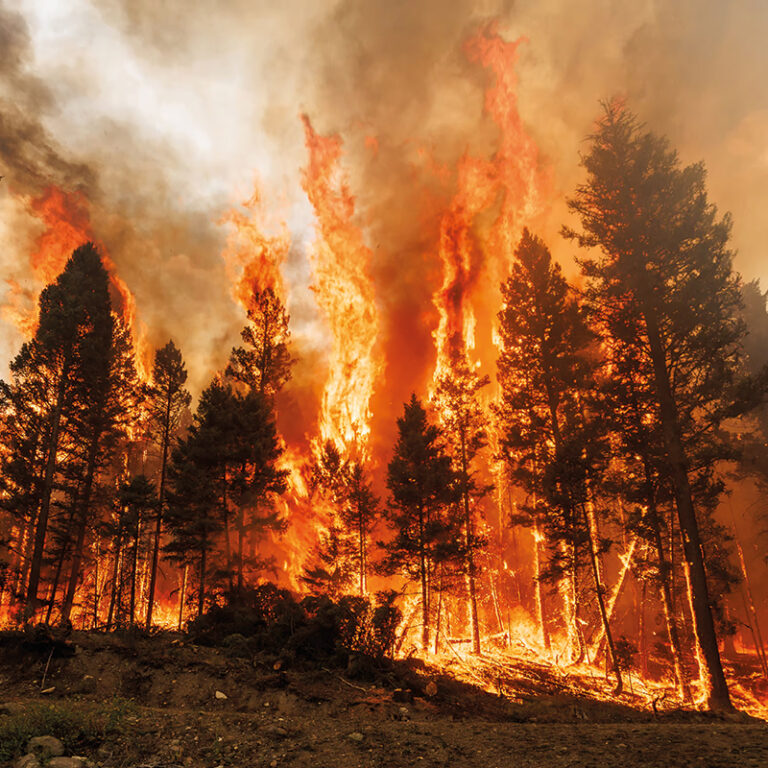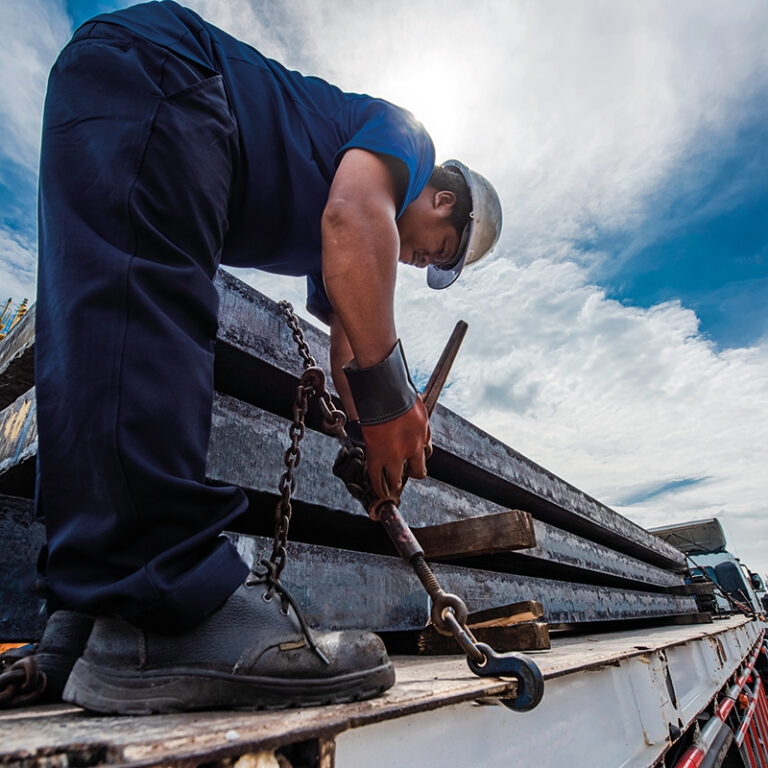Enbridge Inc.’s Northern Gateway Project has been a hot topic for more than a decade now, and there still doesn’t seem to be any light at the end of the tunnel.
Originally proposed in 2004, the $6.5-billion pipeline project would consist of twin pipelines running 1,177 kilometres from Northern Alberta, through Northern British Columbia to a port in Kitimat. The westbound, 36-inch-diameter pipeline would carry up to 525,000 barrels of oil per day, while the eastbound, 20-inch-diameter pipeline would transport 193,000 barrels of condensate—a product used to thin oil for pipeline transport—daily.
Indeed, the proposal has been met with opposition, seemingly since Day 1. In the early 2000s, a group of First Nations organizations met with Enbridge to discuss equity participation or partial ownership in the pipeline, but were declined. This was followed by a series of leadership changes that ultimately reduced public confidence in the project as built relationships were abandoned. Throughout the years, the company’s reluctance to meet with opposition kept it from building new relationships, and there was some corporate fumbling, such as putting the project on hold in 2006 and reviving it in 2008 when Alberta’s oil patch started aggressively expanding in an attempt to diversify its markets. And later, in 2012, they announced $500 million in safety upgrades, which made people question the project even more.
This past June, the federal government finally approved it—albeit with 209 conditions—and batted it back to the company to sort out the details. “The sudden urgency for [approving] it was stimulated by the problems with the Keystone pipeline, which has been delayed by the Obama administration,” said James Meadowcroft, a professor at the School of Public Policy at Carleton University in Ottawa. “Alberta and the federal government have become more nervous about how to get the oil out and increasingly determined to push this pipeline proposal forward.”
But not even a week after the approval, the Supreme Court of Canada’s ruling on aboriginal land rights gave the First Nations groups in British Columbia greater control over ancestral lands and the need for their consent for how these lands are used. This throws yet another wrench in the pipeline project as many of these groups heavily oppose it.
“The Supreme Court ruling on aboriginal land title is so expansive that it goes beyond the definition of title that’s normally understood in private property [ownership],” said Ian Lee, an assistant professor with the Sprott School of Business at Carleton University and a panelist on CBC’s On The Money. “We know from common sense and logic that if you’re negotiating with 20 people and you have to get every person’s agreement to move forward, you effectively will never have an agreement.”
Of course, the federal government could push the project through. Meadowcroft explained that the government’s basic position is that it supports responsible resource development. “By this they mean, and have been quoted saying, environmental considerations cannot stand in the way of economic development,” he said. “The cornerstone of the government’s economic policy, since the Harper government has had a majority, has been to simply accelerate resource extraction any way you can, as fast as you can.”
Although this kind of strategy is meant to float the Canadian economy and benefit everyone—pipelines made in Ontario, financing done in Toronto—it does come with considerable environmental costs. “And one of the costs is building a model of the Canadian economy that may be completely out of date in 20 to 30 years or uncompetitive,” Meadowcroft added. “In other words, they’re driving us down a blind alley at high speed and nobody quite knows where the wall is at the end.”
A huge percentage of Canada’s export earnings are based on fossil fuels. With greenhouse-gas emissions soaring, the call for more renewable resources has never been greater, but most energy experts predict that we will still be fuel dependent until there’s a major breakthrough in energy storage technology. In fact, the International Energy Agency, which is pro alternative energy and pro carbon tax, forecasts we’re going to be largely fossil fuel dependent until the middle of the century.
Lee, who is on record as being a strong supporter of the concept of pipelines, said pipelines are a safer way to transport things like oil, as opposed to rail or lines that pass through multiple communities. Besides, Canada has had pipelines running through its soil for more than 100 years—50 per cent of Canadians heat their homes and businesses with natural gas.
“I’m not suggesting that we should pillage the environment and destroy the habitat. But the question is what path can be done with the most safe guards and least amount of potential risks,” he said. “The new pipelines use the state-of-the-art technology. If they do leak, yes, it will kill flora and fauna, but if a train crashes in a city, it can hurt or kill people.”
That said, when the federal government approaches such projects, it must also consider long-term effects, such as determining on what conditions it will allow a company to walk away and assuming public liability if anything goes wrong in the future.
In terms of the Northern Gateway project, it’s the federal government that’s most enthusiastic. “B.C. is lukewarm because there’s a lot of opposition there. It would take a lot of political effort to ram this pipeline through against opposition from aboriginal groups and others,” Meadowcroft said. “A federal government that deliberately goes against the position of a provincial government can have long-term political consequences.”
Apart from those that oppose pipelines due to environmental consequences, and perhaps most interesting, Meadowcroft said people are also taking issue with pipelines as a way to make the government take note because of their failure to introduce a climate policy.
“In some ways, [Stephen] Harper has done more damage to the oil and gas industry in this country than anyone in recent memory,” Meadowcroft said. “They dropped out of Kyoto, thumbed their nose at the world, and said, ‘We’re a fossil fuel producer and we’re proud.’ They painted a big target on themselves.
“If the Harper government had not behaved the way they have, they probably wouldn’t be having this much trouble—particularly with the Keystone Pipeline—as they are now,” he added.
Heading west may be temporarily off the table, but the push for pipelines will continue as companies shift their focus to piping oil north or east to the Maritimes. There has even been talk about resurrecting the much-debated McKenzie Valley natural gas pipeline, a proposed route through Canada’s Northwest Territories. But the context for such project proposals is changing as the courts gradually give people more and more say.
While it does take substantial opposition to disrupt major projects, Meadowcroft said it’s becoming impossible to build infrastructure and there are clear examples of projects—the gas-fired power stations in Ontario, for example—that have not been built because people objected.
Noelle Stapinsky is a freelance writer based in Toronto.



